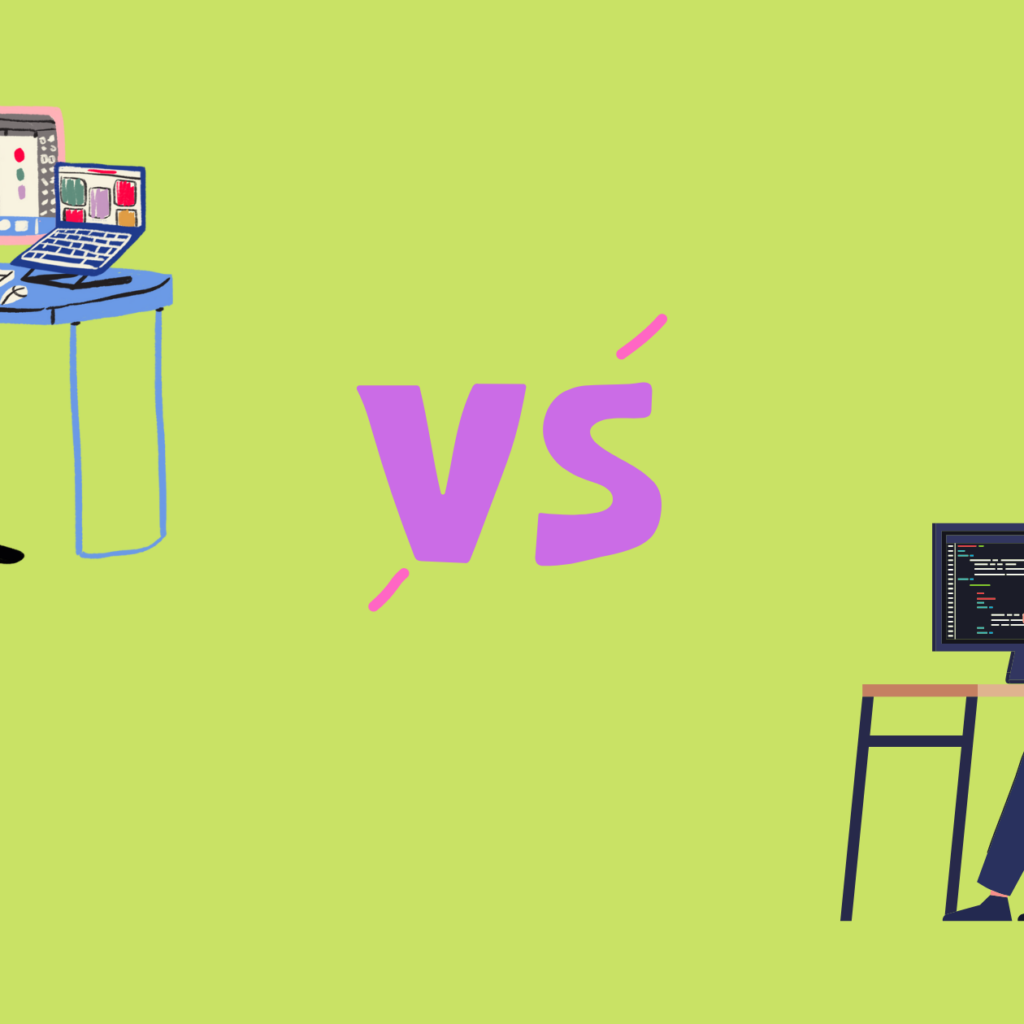
The skill of designing graphics by computer software requires great information, dedication and is not an easy task. Hence requires lots of tips and solutions to do it in a better way for a better result.
Remote designing requires a structure and a strict process through which it can focus on efficiency. Various planning and processing methods can help the remote designer getting the best outcome. Also, sticking to the plan is necessary for “efficient outcome”.
Remote design is not for every company. To build the Company, its culture and the team are the two most important pillars and this, the company should first focus on constructing the two. After the initial settlement, the foundation of remote work can be established.
In the era of transition and technology, people are more interested in remote designer work and they prefer the same, as it tends to be more efficient, flexible and does not affect life, maintaining an equilibrium between career growth and personal happiness.
So, below are some tips on how to manage the remote designer work in order to deliver and attain some important qualities and how those qualities can significantly help the remote designer to serve their clients well and provide the services that would be satisfactory enough.
1) Preparation
A lot of planning is required for effective remote collaboration. It includes breaking of exercises into small steps and time frame for each of the boxes, give detailed instructions that how, who, where, and when the work has to be done.
Example:- If you need to add a sketch to a folder, then communication must be done that when and how should it be named.
2) Technology
New technology must be taken into account, the techniques used offline might not work well online. As breakout groups do not perform well in real-time because of the single audio feed and the main reason is communication, and for this particular problem, everyone should be asked to participate so that they get a chance to speak, which will eventually improve their speaking by putting them into a remote conversation. Discussing the designs to keep things running without facing awkwardness can be really helpful, and one should be clear about other’s work and notes. Now, this can be done by taking notes and timekeeping.
3) Create a working plan
While working remotely remote groups are not under any surveillance which means that the motivation and pressure to work are reduced. Consequently, this does not allow them to put their full ability into the task. To get over this problem one can capture a photo or point a webcam to a whiteboard that would remind them of the work. There are also applications and software that can be used to create a work plan. Once the work plan is created it is very easy to know work progress.
4) Communicating with the coworkers
Coworkers fail to communicate frequently which may result in downfall. Research of the 1970s says that communication decreases as distance increases; if the person is out of sight then they become out of mind. So it’s better to communicate with the coworker.
5) Being smart with the strategy
The Strategy is very important for a remote graphic designer. Being strategic and focused on the project goal helps to provide quality work to the clients. There must be weekly reviews via google hangouts or Skype to compensate for the lack of spontaneous hallway conversation. The Design should be frequently posted and shared on a wiki, blog, and social platforms.
6) Assembling tools
A graphic designer can rely on a wide assortment of the tools and setup but only a few selected tools help the designers working remotely. Adobe, Suite, Slack, Monday.com can offer alternatives to the graphic designer. Amazon S3, Dropbox, Procreate, Basecamp, Google fonts, Wordmark It, Adobe Kuler, Coolors.co can be helpful to the designers. Making a list of tools that are necessary for a particular work can save time and keep one focused on the job assigned.
7) Setting and Managing Expectations
Not each and every project goes as planned and as a remote graphic designer, it is essential to establish expectations and control over them. Unforeseen events can occur anytime and precautious strategy to handle them can really help in the long run. Projects do not always go smoothly to completion, it is essential to be prepared for all kinds of outcomes.
8) Budgeting
Transparency of the work and the cost is essential on moral and economic grounds. Many times the quality of work is undervalued and for this, a graphic designer must set a budget. This helps the client and also helps the designer to grow, motivate, and compensate for the work.
9) Flexibility
Many times additional work comes in the project and as for the client and the remote graphic designer it is important to be flexible with the terms but one should be sure about being paid for the additional work.
10) Review
Posting all designed work on a shared space on a regular basis make others comment, criticize or give review about the work. Autodesk is a platform which creates an instant portal that links to all specification and design assets and after exploring one can give a review which turns out as personal as well as organizational growth.
This blooming career option can stretch furthermore and it looks hectic, follow these simple tips and enjoy being a designer within your own workspace.




